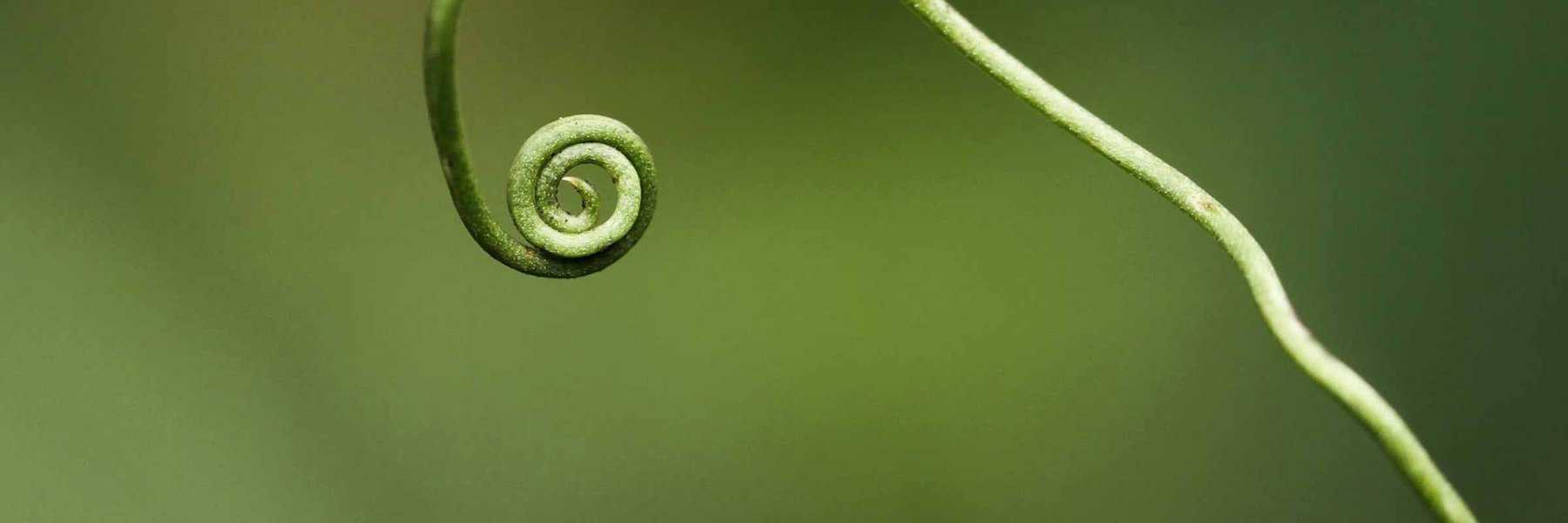Mātauranga Māori Framework for Surveillance (MMFS) for Plant Pathogens | GRISS Nov 2022
November 2022
In the past, there has been a disconnect and little collaboration between the people and organisations doing work on the plant pathogens that cause myrtle rust and kauri dieback. This has stymied progress in the management of these plant pathogens and diseases, to the extent that it is still unclear where they occur and where they do not.
In this presentation we will introduce the principles and methodologies of the Mātauranga Māori Framework for surveillance (MMFS) for plant pathogens. The aim of the framework is to elevate mana whenua into the biosecurity system through the establishment of a surveillance system that is hapū based and that encourages strategic trust relationships between hapū kaitiaki and rangatira directly with central, regional and local organisations that generate science and research, and provide funding.
It considers the current processes involved in the collection of data and information required on pathogen presence and absence and addresses challenges of trust between interested groups, informed consent, and data ownership, sovereignty, and rights.
The framework includes the development of a data storage platform, which anchors data to the place of origin and ensures mana whenua access to information, as well as a ‘proof of pathogen absence’ tool, which uses surveillance data from areas where the disease hasn’t been detected to quantify the probability of its absence given it hasn’t been detected.
Source: UNIVERSITY OF CANTERBURY Presented by: Audrey Lustig & Cecilia Arienti – Manaaki-Whenua | Landcare Research Sharmila Savarimuthu – Toi Hangarau | Geospatial Research Institute Geospatial Research Institutre Seminar Series (GRISS)
